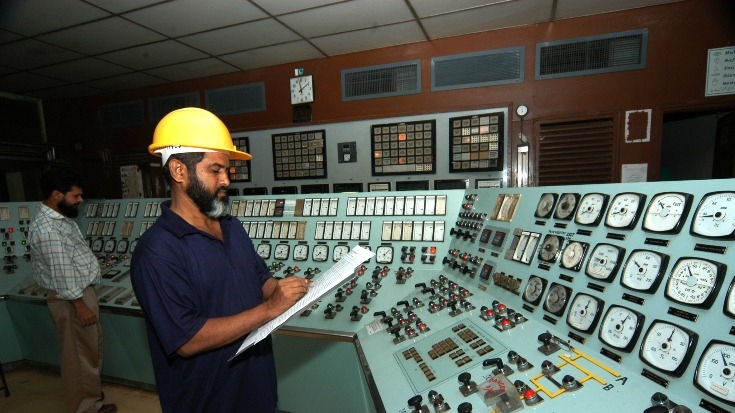This restoration of macroeconomic stability is providing Pakistan with a window of opportunity to focus on more pressing structural bottle necks that are holding Pakistan back from realizing its immense potential and accelerating economic growth.
Development outcomes play a very important role when a country’s economy is discussed and in case of Pakistan, these outcomes are weaker than one would expect given the country’s income level. These outcomes are mainly related to the social services including health benefits, education and social protection.
A large and mainly young population is one of the major assets of Pakistan. This young population will contribute to higher and sustainable growth only if it is healthy and well educated. The report states that post 18th Constitutional Amendment and the 7th NFC award, these functions are devolved to sub-national levels. It will be important for the federal government and provinces to continue working together to improve the decentralization framework and ensure improved service delivery to achieve desired outcomes. It is however, important to make significant public and private investments in health and education to improve Pakistan’s competitiveness.
Is Pakistan investing enough to address the country’s development challenges? The report reveals that the lack of complementary public investments and a weak investment climate are constraining private sector investment. Inconsistent trade and industrial policies create disincentives for investors and contributes to weak business environment. Another reason for the very low investment levels has to do with the low savings rate in Pakistan which is at around 13 percent of GDP, and compares unfavorably with an average of 23 percent in South Asia.
The services sector is the main contributor to growth in Pakistan as more than two-thirds of the economy’s growth came from it, while industry and agriculture jointly contributed about one-third. In the agricultural sector, crop performance remained weak owing to prolonged adverse weather and two years of relatively low prices. In the industrial sector, the poor performance was primarily the result of weak growth in the large-scale manufacturing sector, which achieved growth of 2.4 percent against a target of 7 percent. Ongoing energy shortages, limited external demand and structural bottlenecks also constrained industrial growth. The weak growth in the industrial sector also acted as a drag on related services sectors such as trade and communications, which also posted relatively slow growth. On the positive side, transport, finance and insurance and government services all posted strong growth.
Waheed emphasized that given the shortage of domestic savings, there is an urgent need to attract foreign resources to meet Pakistan’s investment needs. Foreign Direct Investment (FDI) has been declining over a number of years and remains extremely low, even at a time when many of Pakistan’s peers are attracting large FDI inflows.
The report says that the government is implementing a number of reforms to improve the investment climate and diversify the investment portfolio. These include efforts to revive the privatization efforts, which will increase efficiency in management, improve services delivery and make space for private participation. Significant efforts are underway to improve the access to and quality of electricity, and simplifying and making the tax regime more transparent. It will be important to accelerate these and other reforms for growth to create jobs, provide better services to the public and ultimately reduce extreme poverty and boost shared prosperity in Pakistan.
Professor Dr. Eatazaz Ahmed of International Islamic University Islamabad, Professor Dr. Aliya Khan from Quaid-i-Azam University and Dr. Khalid Mahmood from Pakistan Institute of Development Economics were the panelists and gave their views on the report. Dr. Mohammad Idrees, Director School of Economics, Quaid-i-Azam University and Enrique Blanco, Lead Economist of the World Bank Pakistan also participated in the discussion.


